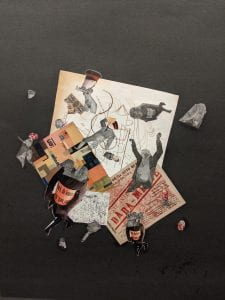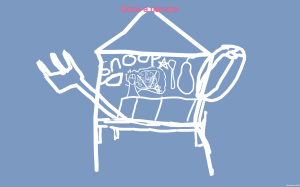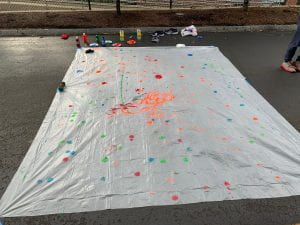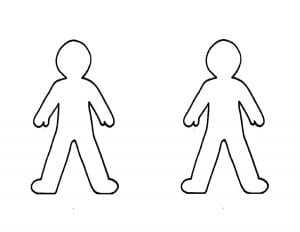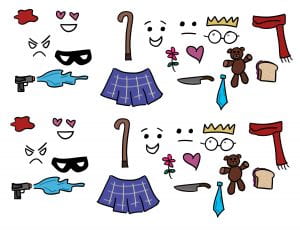I decided to share a meme (at least appropriate for class) that was quite directly an example of appropriation mixing in media from the Spiderman Franchise. The video involved mixing in a few moments from Spiderman 2 movie, taking the famous “Funiculì, Funiculà” which was used in the Spiderman 2 video game when delivering pizzas in the game as a mission. The version of Funiculì, Funiculà that was used was played with an accordion. It became a very popular meme many years for how derpy the song sounds while played through this instrument. I shall provide the links for each source. I feel memes are the best way to spread information to communicate among one another and by using material we can all relate to or know the references of we can do just that.
The Main video: https://www.youtube.com/watch?v=lpvT-Fciu-4
Funiculì, Funiculà from spiderman 2: https://www.youtube.com/watch?v=czTksCF6X8Y
JJJ’s Laugh: https://www.youtube.com/watch?v=wFJ6UZ0SkYY
Pizza Time!: https://www.youtube.com/watch?v=TRgdA9_FsXM


